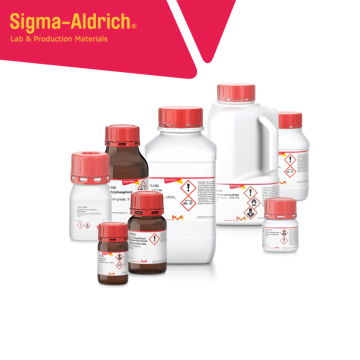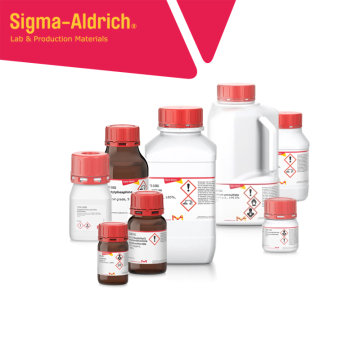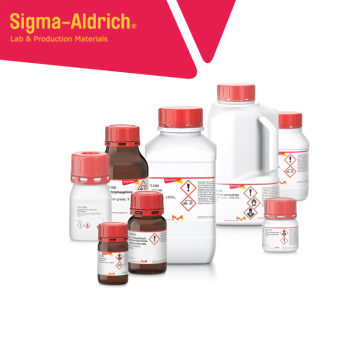Sigma-Aldrich C7512 Butyrylcholinesterase from equine serum lyophilized powder, ≥10 units/mg protein 1200 Units
Marka
Stok Kodu
LB.SA.C7512-1.2KU
Kısa Bilgi
Synonym(s): Acylcholine acyl-hydrolase, Choline esterase, butyryl, Pseudocholinesterase CAS Number: 9001-08-5 Enzyme Commission number: 3.1.1.8 (BRENDA, IUBMB) EC Number: 232-579-2 MDL number: MFCD00081455 NACRES: NA.54
Bilgi
CAS Number: 9001-08-5
| Sigma-Aldrich C7512 Butyrylcholinesterase from equine serum lyophilized powder, ≥10 units/mg protein |
| Synonym(s): Acylcholine acyl-hydrolase, Choline esterase, butyryl, Pseudocholinesterase CAS Number: 9001-08-5 Enzyme Commission number: 3.1.1.8 (BRENDA, IUBMB) EC Number: 232-579-2 MDL number: MFCD00081455 NACRES: NA.54 |

|
PROPERTIES
form lyophilized powder
specific activity ≥10 units/mg protein mol wt tetramer 440 kDa composition Protein, ≥60% solubility cold water: 60 U/mL storage temp. −20°C DESCRIPTION General description Butyrylcholinesterase (BChE) is a serine hydrolase that is structurally similar to acetylcholinesterase (AChE), but differs in substrate specificities and inhibitor sensitivities. The enzyme is a tetrameric glycoprotein with four equal subunits (110 kDa each). It is also termed as pseudocholinesterase. It is produced in the liver. It is found in blood, the synapse of neuromuscular junctions and glia cells and axons of white matter.[1] Application Butyrylcholinesterase from equine serum has been used in a microcalorimetric study of the inhibition of butyrylcholinesterase by paraoxon. This enzyme has also been used in a study to investigate the synthesis and inhibition of cholinergic enzymes. Selective inhibition of BChE activity can be used in the detection of organophosphates.[2] Its use in the treatment of organophosphate toxicity has shown clinical potential, as there is a correlation between the blood level of BChE in humans and the degree of protection against toxic nerve agents.[3] There has also been an interest in the roles of cholinesterases with regard to Alzheimer′s disease. Investigations into selective inhibitors may provide a clearer picture of the physiological role of BChE in both healthy and diseased individuals.[4] This product has been used for the screening of cholineesterase inhibitors in selected fruits and vegetables, for restoring cognitive function and improving memory.[5] It has also been used to develop a butyrylcholinesterase and choline oxidase immobilized bio-sniffer for the detection of nicotine. Nicotine inhibits BChE activity. A decrease in the byproducts of BChE activity reflects the volume of nicotine.[6] Biochem/physiol Actions Butyrylcholinesterase (BChE) can, unlike AChE, efficiently hydrolyze larger esters of choline such as butyrylcholine and benzoylcholine. The enzyme is activated by Ca2+ and Mg2+ and the activity is constant over the pH range 6.0-8.0. It is inhibited by betaine, nicotine, organophosphates, and carbamates. Mutations in butyrylcholinesterase (BChE) gene results in the failure of respiratory system, prolonged paralysis and apnea.[7] Unit Definition One unit will hydrolyze 1.0 μmole of butyrylcholine to choline and butyrate per min at pH 8.0 at 37 °C. The activity obtained using butyrylcholine as substrate is ~2.5 times that obtained using acetylcholine. Physical form Lyophilized powder containing buffer salts Preparation Note This product is prepared from equine serum using ammonium sulfate fractionation and supplied as a lyophilized powder. Analysis Note Protein determined by biuret |





